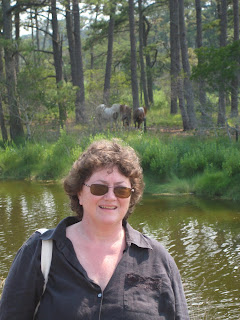And then, after years of waiting for a family to catch up and be comfortable with my call, I finally went into parish ministry at a congregation known for its social justice emphasis. And yet, despite the work on issues of homelessness, prison reform, lgbt issues, and peace, somehow I kept feeling the gnawing feeling that we’ve begun to lose the passion that drove the rights issues of the 60s. When I was at Maryknoll in June, a lot of the Bible readings were connected in discussion with the words of King, Day, Gandhi, and Berrigan. It made me want to go back to the roots of my call. And so I’ve spent most of the month of July reading recommended books about King and Kennedy.

The book about King I read was the new edition of Vincent Harding’s Martin Luther Kin: The Inconvenient Hero which I chose because it’s focus was to move us away from seeing Martin as the sweet civil rights leader who made the nice integration “I Have a Dream” speech in ’63 and toward the Martin that had learned a more radical, widening agenda of non-violence and rights for all God’s children, the King who in April of 1967 made the powerful Riverside Church speech that almost no one refers to in any January MLK celebration, the King who stood true to his call to ministry even as friends stepped away from what they saw as his distraction from work on issues of race. Harding’s pieces—almost all written in the 80s and 90s, are strong, but it was the King quotes that stood out for me in the book.

Jim Douglass’ JFK and the Unspeakable: Why He Died and Why It Mattered took a very different focus. Looking at the period in Kennedy’s life from the Bay of Pigs in April 1961 to his death in November 1963, Douglass focuses on the ways in which Kennedy’s thinking had moved away from Cold War imperialistic thinking toward unofficial, peaceful negotiations with folks like Khruschev and Castro. While Douglass’ organization is at times difficult—he circles back over material frequently in his writing—his argument that shows how JFK became more and more of a threat to the U.S. military-industrial complex, large business, and the FBI and how they responded comes through clearly. Oswald’s connections with Jack Ruby as well as how he was set up over a period of months to be the “patsy” for the assassination is also covered. I found the book slow-going but well worth my time. Americans would do well to wake up and learn how US power has responded over and over in this country to those who—like Kennedy or King—are threats to what King called the three evils of militarism, racism, and materialism.












